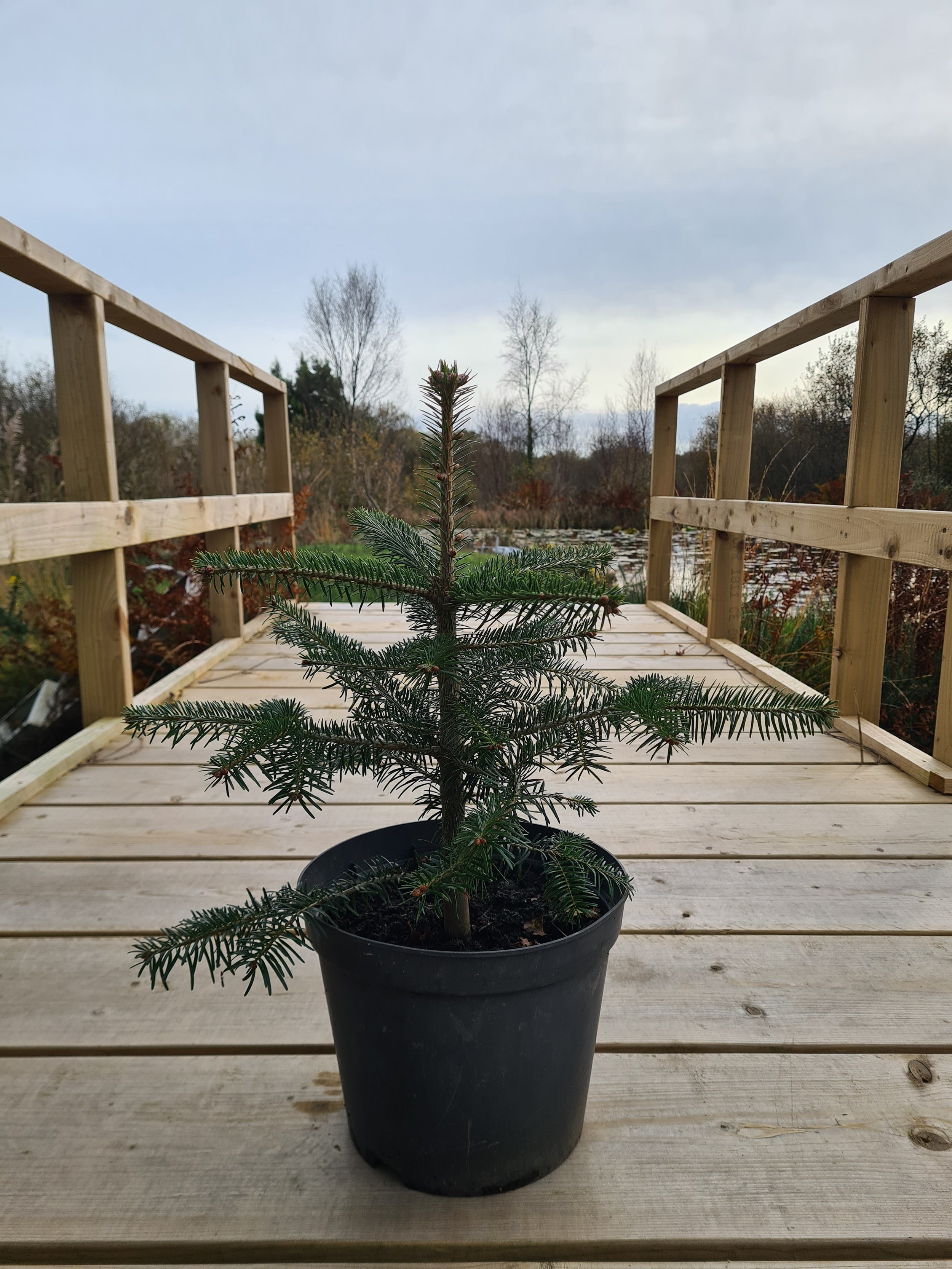Help: Did my houseplant survive winter?
Yay! Spring is finally here. March 20th saw the first day of spring and the clocks have now gone forward, giving us all another much needed hour of sunshine. As you set upon spring cleaning, you may notice that some of your houseplants are looking a little worse for wear.
Winter is not a growth season so it is completely normal to see some yellowing leaves, especially with the big minus numbers the temperatures saw in previous months. Here is a quick guide for common winter problems with houseplants so you can work out if you need to be worried about your houseplants or not.
Window Burn
If your houseplants are on windowsills they are at risk of being scorched by the sun, even in winter. They are most at risk in the spring and summer though, so as we move towards longer days, you want to start moving your houseplants away from direct sunshine.
Signs to look out for :
Yellow/lightening on top of leaves (think of sunburn).
Brown Crispy leaves- cut back and move immediately, your plant is not happy here.
If you suspect sun burn/window burn, prune back any dead leaves and check the soil. If you haven’t recently repotted, you may want to consider doing this and giving your plant a good feed to encourage regrowth. Moving your plant into a shadier spot until it recovers will also help it along its journey. Once healthy, it can return to windowsills on a rotation or can be placed in a brighter spot where it can see more light, but won’t get scorched by the direct sun of a windowsill. Get in the habit of moving your plants regularly in incremental steps. Plants don’t like big change so slowly is best!
Turning your plants will also help consistent growth and will discourage uneven growth.
Overwatering
It is very easy for any plant parent to kill their pride and joy with kindness. As winter isn’t a time for growth, plants do not need as much water as warmer months. Overwatering can lead to root rot.
Signs to look for:
Wet soil and wilting leaves.
Fungus or gnats around soil.
Brown leaves can be a sign of overwatering too.
If you think you may have overwatered your houseplant this winter, remove any dead or dying roots and keep only the roots that are healthy. Water only when the soil is dry to the touch, but do not let it get bone dry. When you do water, especially at this time of the year, use tepid water when watering your plants as this will help to prevent any root shock to cold water.
In future, it is a good idea to pop your houseplants in the bathroom during winter months as the humidity will be enough in your plants dormant season. This trick, if you have the space, will reduce your watering schedule dramatically. (Obviously this depends on the specific plants needs)
Radiator Burn
Similar to sun burn, the reality is that the yellow/crispy leaves are more likely to be a result of indoor heating than the UK winter sun. The real issue here is that indoor heating affects the humidity in your home. As we have already discovered, overwatering can be as deadly to your houseplant as underwatering.
How to increase humidity without overwatering:
A pebble tray
Mist your houseplants if necessary.
Put damp newspaper on the soil
Invest in a humidifier.
If your plant still has some green in the stem and healthy roots, despite the yellowed leaves, there is still hope. Prune back any dead leaves, repot with fresh peat free soil, be vigilant and water sparingly. Always consider the chosen location. If you cant trust yourself to water regularly, consider moving into a warm bathroom with a window, which is more humid whilst it is in recovery. If you follow all those steps you should likely see signs of life within three to four weeks. Like outdoor plants, indoor plants also enjoy a prune so don’t feel disheartened if it needs a complete cut back, it will be so much happier for it in the long run.
If after everything you have tried there is still no sign of life, then please be kind to yourself and don’t give up on ever buying houseplants again. Sometimes the only way to learn is through failure. Even the most experienced gardeners will face losses. I grow plants for a living, but there are sometimes times that I make mistakes too.
Try and evaluate what happened and work out if it was avoidable. Also remind yourself that some species are harder than others to care for. The fact you read this far is evidence of your willingness to learn. Each yellowed leaf is a teacher.
What did you learn??? Comment on this thread if you have any specific problems and I’ll try my best to help you with them.
If you would like personalised advice then please do get in touch. I am always more than happy to help new plant parents in the early stages of plant adoption. I also highly recommend a Sedeveria as it is practically indestructible.
Build your confidence with hardier plants in the beginning and as I always say, please don’t adopt more than you can reasonably look after. Instagram has a lot to answer for! Plants are living things and it is not right for them to wither and die in the wrong hands just for the aesthetic. In no time you will be overrun with plants but this will be a collection that has grown over time and you know the unique care required for each one.
Good luck and keep growing :)








